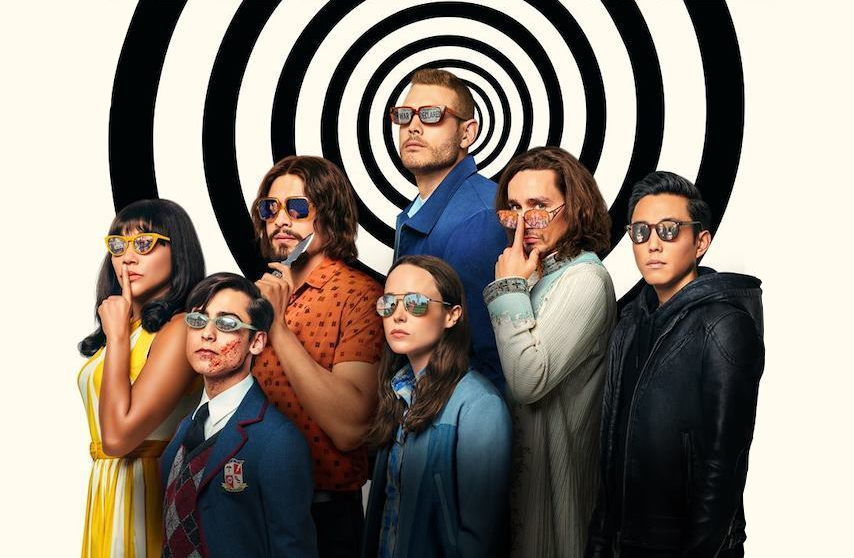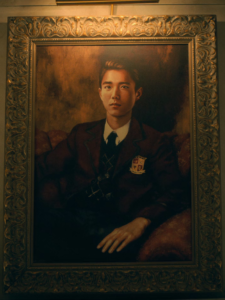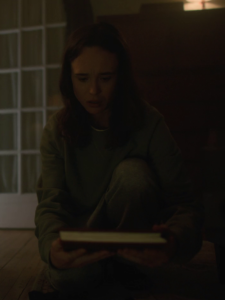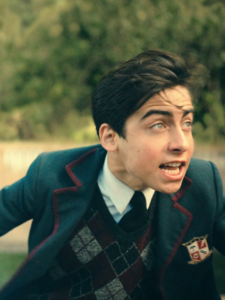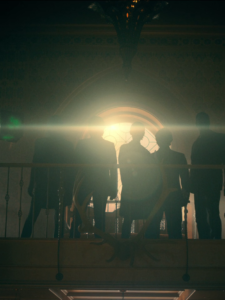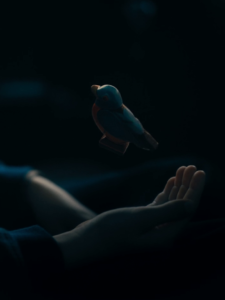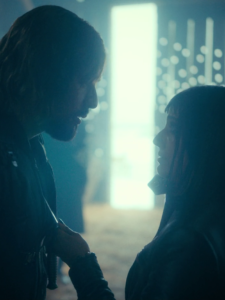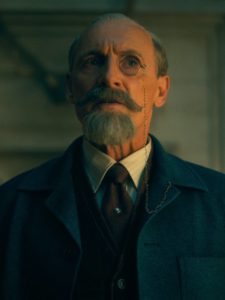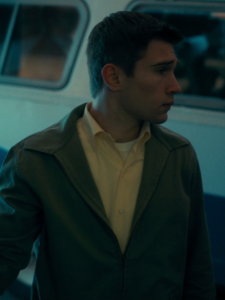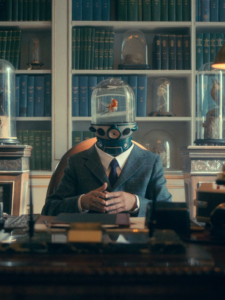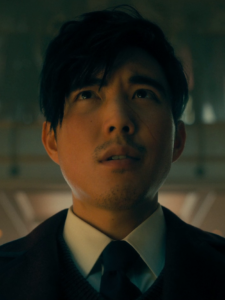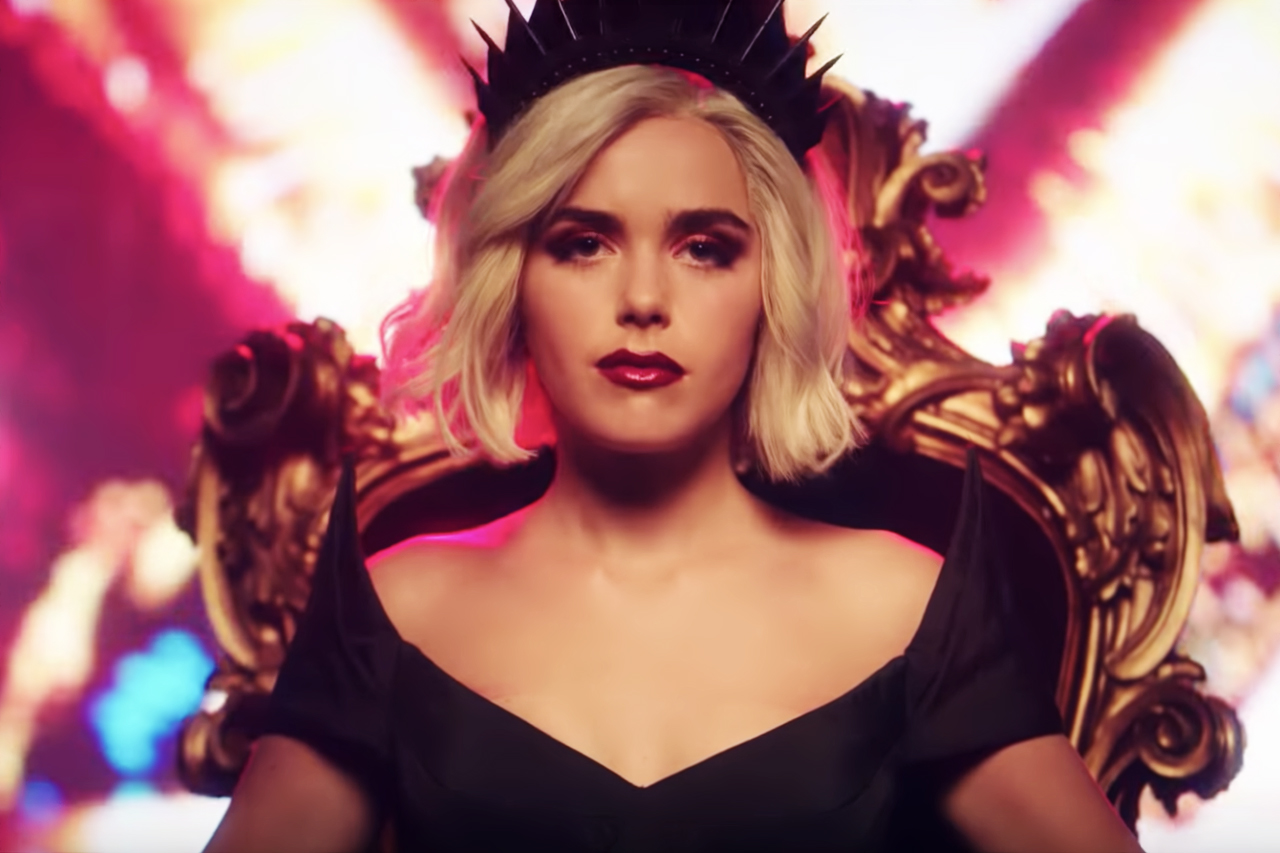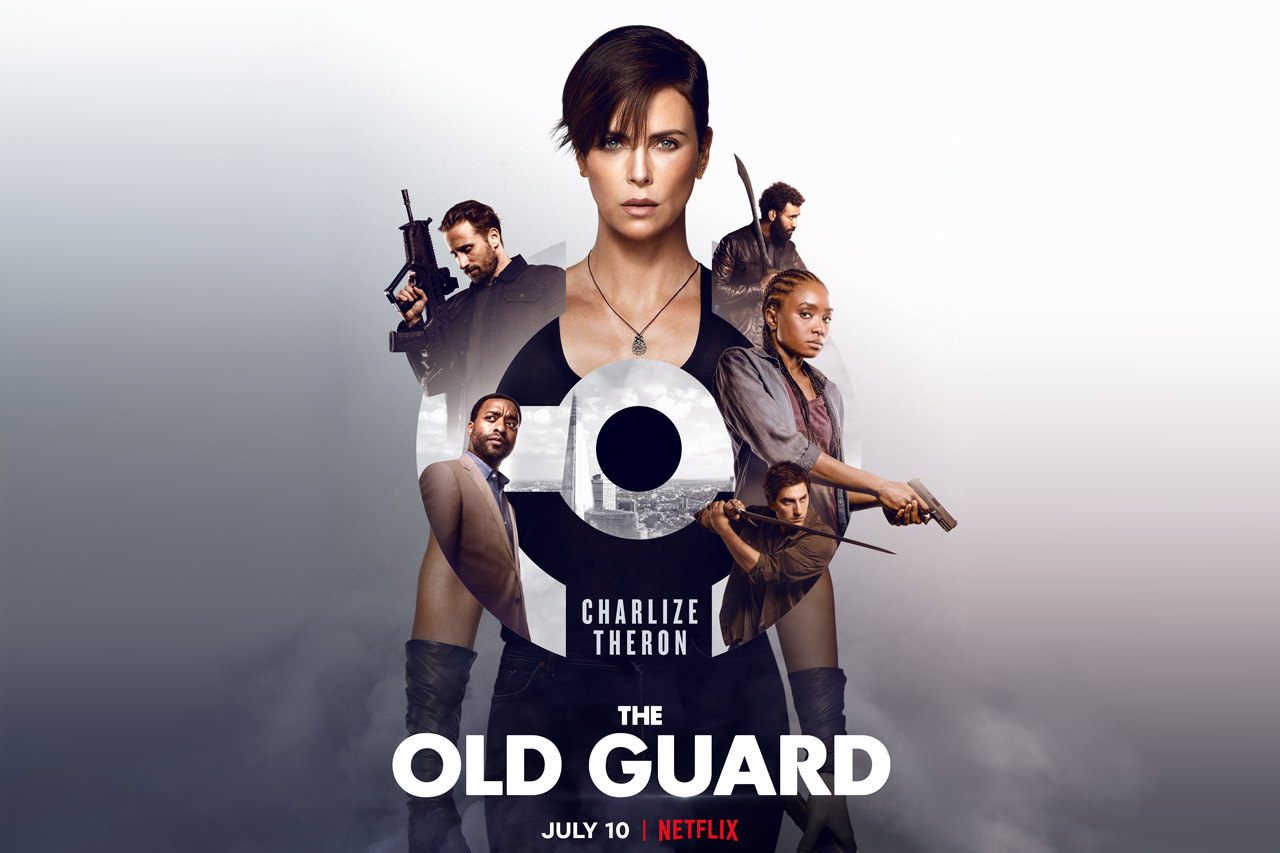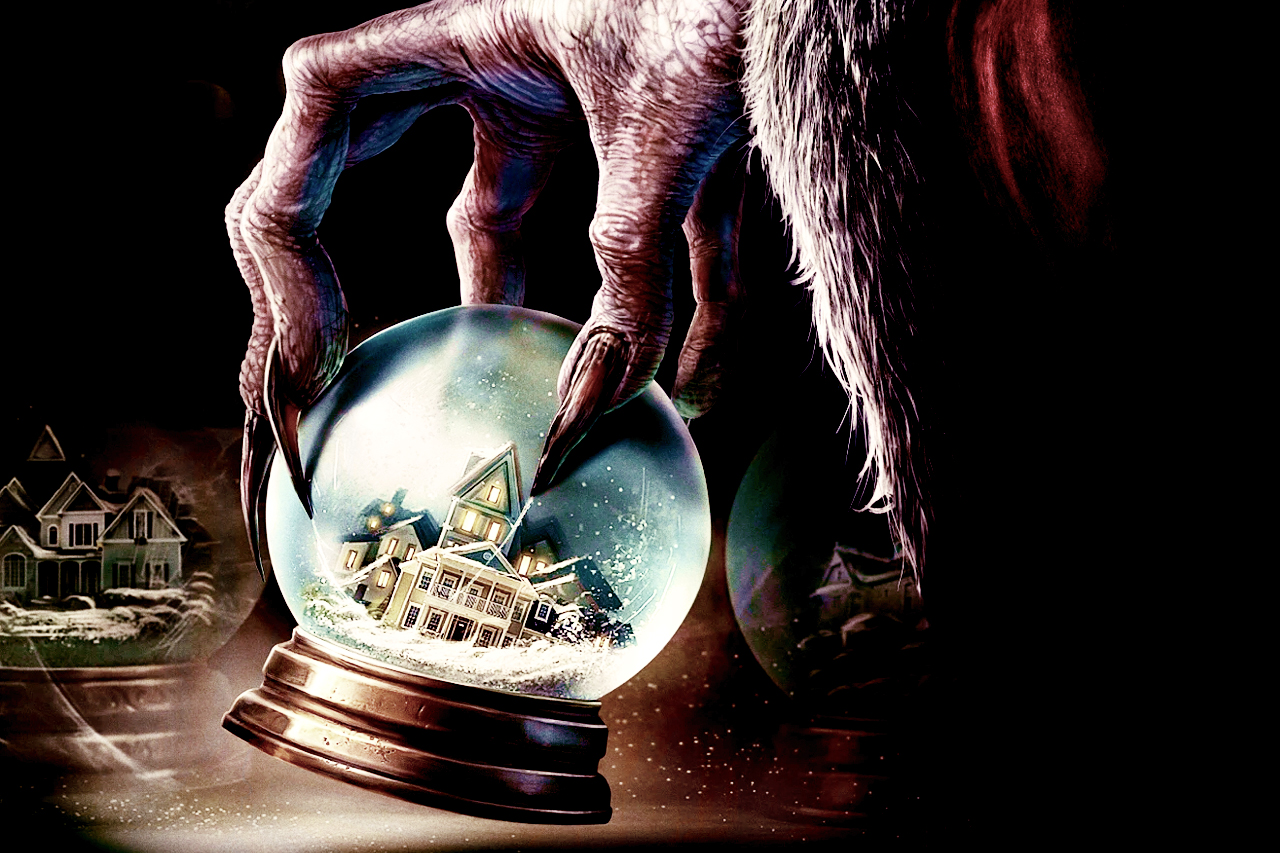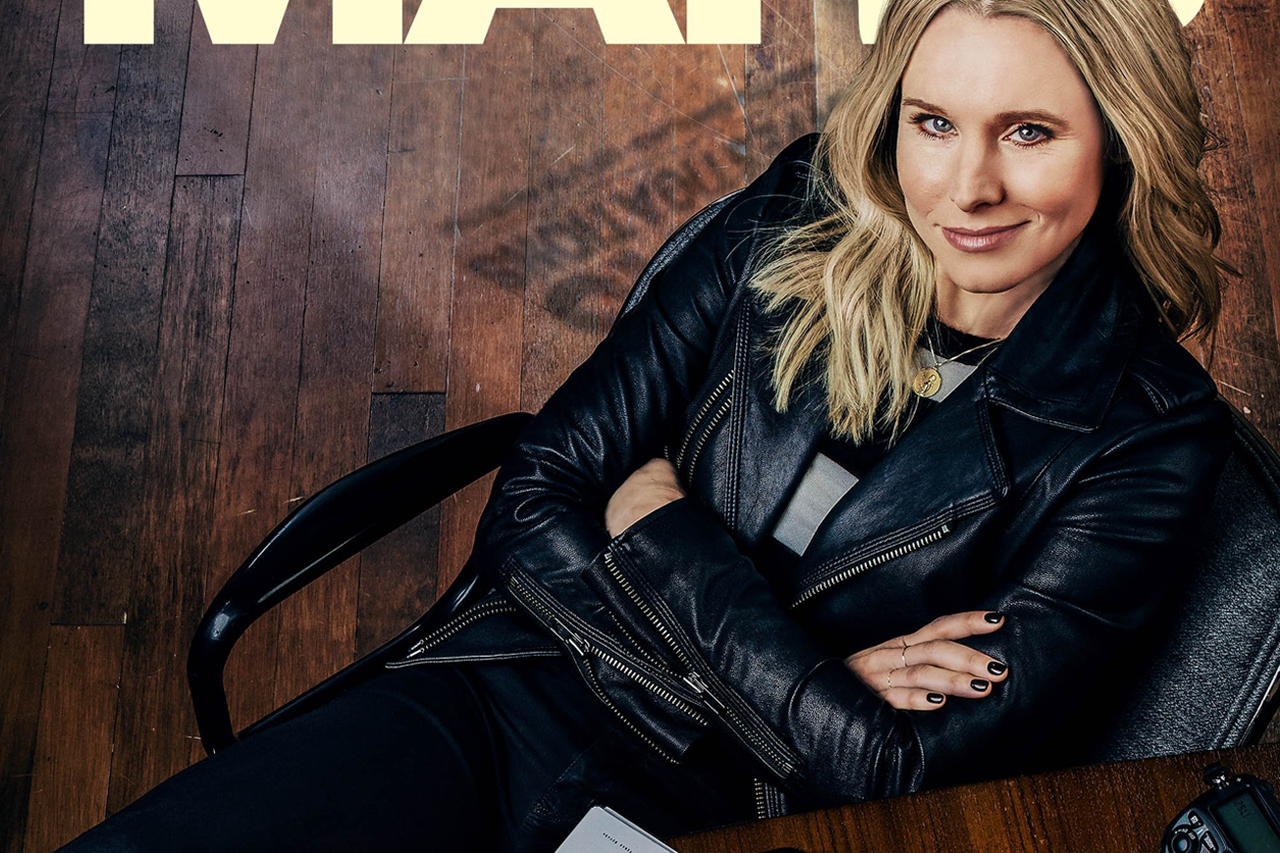The second season of The Umbrella Academy left everyone in awe, not only for the avalanche of events depicted, but also for all the possibilities it introduced for future seasons.
Breakdown of some questions
It’s already been over a month since the release of the second season of The Umbrella Academy and we’ve already done a short, spoiler-free review of the new episodes, but now seems like the right time to finally dive into the plot in more dept and not with few spoilers. In this article, we’ll try to identify some of the questions for the future and dare to come up with a few theories to answer them.
Hereinafter be spoilers.
How many alternative universes are there?
Let’s start from the end.
With the return of the Hargreeves siblings to 2019 and the creation of the Sparrow Academy, the show has established the existence of alternative timelines to the one we watched in the first season. But how many are truly there?
The potential for an infinite number of alternative realities is huge, especially considering the existence of the Commision which continuously travels through time, but it seems more reasonable to concentrate our conversation on just the few we watch unfold in the series and that we can already start counting in the first season of The Umbrella Academy.
1. The day that wasn’t
The first alternative reality we see being created is definitely the one in this episode of the first season where Klaus succeeds in contacting Dave, Allison and Luther share a romantic moment, Grace tells Diego the truth, and – last but no less important – Vanya finds out that Leonard has been manipulating her before her confrontation with Allison.
In a timeline where this day is not erased by Five, the end of the world might have never come to pass, seen as Vanya would not have been imprisoned by Luther because of what she did to Allison and might have found in his siblings a refuge from Leonard’s actions.
2. The day that was
This is the reality that we see unfold for the rest of the first season when the episode we previously mentioned gets erased by Five’s return and that continues with the Hargreeves time-travelling to the 60s and creating even more new timelines.
3. The nuclear war of 1963 if Hazel never saved Five
Another alternative reality we see come into existence is one where the world ends in 1963 instead of 2019 if Hazel hadn’t managed to find Five before the nuclear explosion that takes place in the very first minutes of the first episode of season two.
4. Adult Five is warned by teen Five of the cause of the end of the world
During the trip to the past, Five created another alternative universe in which, before travelling to 2019, he already knows that the reason for the end of the world is Vanya by giving this information to his Adult version. Another timeline is then created that diverges from the first season starting from the moment that Five regresses to teenagehood and gets home before Reginald’s funeral.
In this universe, Five might have prevented his waste of time of having to look for the owner of the fake eye and consequentially also the end of the world by immediately taking care of Vanya’s rediscovered powers.
5. The Sparrow Academy
Lastly, the Hargreeves siblings’ trip to the past created a new branch of reality in which they’re the exact ones to erase their own adoption by visiting a young (well, younger) Reginald that sees them as failures and decides to prevent the existence of the Umbrella Academy. This brings us to the next question.
How did Reginal manage not to adopt those specific seven?
If the only reason for the Hargreeves siblings to have a different name than the number they were assigned is because of Grace and not their birth, how could Reginald be sure of which children not to adopt? And why did he end up getting seven again? (If you only counted six including Ben and are wondering how I came up with this number, you – like me – might have missed the floating cube in the left corner of the scene). Is there a specific significance to this number? Or is it just a personal preference of Reginald’s? Or could it just be the only number of children that he always manages to adopt?
Does Harlan have anything to do with the Sparrow Academy?
It seems quite inevitable for Harlan to have retained some of the powers passed to him by Vanya if we consider that in his last scene we see him levitating a small toy in the shape of a bird, but is the shape of the toy also enough to deduce that Harlan might have something to do with the Sparrow Academy?
I’m sure the answer is yes. If not, the showrunners will find a pretty big problem of a coincidence in their hands but, in any case, we still don’t know what exactly links Harlan and the Sparrow Academy.
All over the internet, some have speculated that the floating cube that follows the Sparrow Academy might be Harlan himself. It’s definitely an interesting and not entirely far-fetched theory, but I’m afraid we’ll have to wait for the next season for a more solid answer.
Did the Sparrow Academy already exist?
Those who haven’t read the comics might not have considered this specific possibility, but fans of the original story couldn’t help but ask this question.
In the original story, Reginald Hargreeves founds the Sparrow Academy in secret and at the same time as the Umbrella Academy. Furthermore, the Sparrow Academy tries to recruit Vanya when she is rejected by her siblings after the violin incident.
Is it possible that in the TV show too the Sparrow Academy already exists in the shadows and that the Hargreeves siblings’ trip to the past did nothing more than make it the main superhero team in the place of the Umbrella Academy? Or did Reginald create the Sparrow Academy only after deciding not to adopt the siblings he had already met?
In both cases, it’ll be interesting to get to know these new characters, but I can’t help but wonder how Reginald managed to find six more adoptable children when in the first episode of season one we are informed that he could only get seven of the forty-three children born under unusual circumstances.
What are the consequences of Lila’s appearance?
Lila‘s existence is definitely one of the more impactful plot twists of the second season, but it brought with it a series of questions that will definitely have to be addressed in the future. The first of them is whether we’ll get to see her again in the third season.
Personally, I’m sure we will, and I also strongly hope that will be the case because Lila is undeniably one of the most interesting characters of the show and her relationship with Diego, in particular, deserves to be explored further.
In addition, her presence opens the door for possible appearances of others of the forty-three special children whom we know exist beyond the Umbrella and Sparrow Academies, not to mention the possibility that some of the children might have become supervillains rather than superheroes.
It’s certainly an exciting scenario and I’m sure the showrunners have already considered the potential, but we still wonder which of the many possibilities will end up in the next season.
Does Reginal really ruin everything he touches?
Yeah, I know, I’m always bad-mouthing Reginald. It’s just that his character, no matter how interesting and well-written he is, is really not to my liking.
One of my friends pointed out that it’s true, Reginald certainly wasn’t a model father to the Hargreeves siblings, but there’s also the chance that a superpowered child in a normal family could have encountered far worse difficulties if they hadn’t been trained.
Yes, it’s true, but we have at least two instances that prove that that could also not have been the case.
The first is that a Vanya that hasn’t been adopted by Reginal did not cause the end of the world and might have, then, reached a greater consciousness of her powers without their repression at the hands of Reginald.
The second is that Lila, one of the children that Reginald couldn’t adopt, had the affections of a stable and loving family before she was kidnapped by the Handler.
Sure, Lila and Vanya are only two of the forty-three special children, but it’s still worth taking into consideration this scenario.
What is Reginald?
I was already under the impression that there was something more to Reginald than what he appeared since after the first scene of the tenth episode of season one, not to mention the theory that the “lanterns” that we see in that same scene were actually superpowers travelling to the forty-three children before Reginald arrives in our world. However, the revelation that his body was just an external disguise and that Reginald might actually be an alien of eldritch appearance brings up new questions.
Where is Reginal Hargreeves from? Who or what is he exactly? And why does he look human in the scene where he says goodbye to his partner if he was always an alien?
The answer to that last question might be a simple continuity error, but without further information, we must give the showrunners the benefit of the doubt.
What happened to Eudora? And Dave? And Grace and Pogo?
With the change in the timeline, there’s a strong chance that Eudora might not be dead and that Dave, having been warned by Klaus of the exact moment he would die, might have survived the Vietnam war.
Moreover, when we meet the Sparrow Academy, we find out that the superheroes’ headquarters stayed the same but we don’t know if the mysterious Grace and the curious Pogo will still be by their sides. Grace, in particular, could never have been created. If we consider that in the first season the Grace that Reginald so loved might have died and that the robot could have been a tribute to her, the possibility that Reginald built a robot that looks like one of his exes (who broke up with him because of Diego in season two) is a little bit inappropriate and slightly stalker-ish. Not to consider that, without Vanya as a daughter, Grace the robot might not have been necessary at all.
Is the existence of the Commission a metaphor for capitalism?
If the Commission only protects one of the timelines, we can hypothesize the existence of an entity with an interest in not changing the course of time and therefore not solving the various problems that presented throughout the history of humanity.
If we follow this line of thinking, the Commission could appear like a metaphor for what happens every day in our world, but I don’t think it’s anything more than a coincidence.
The showrunners might have created, without even meaning to, a metaphor for capitalism where an entity with its own personal interests ( a metaphor for the capitalist ruling class) imprisons the rest of the world under conditions that might even be called catastrophic – the 2019 apocalypse in The Umbrella Academy and the current environmental and pandemic crisis in our 2020 just to mention one – just to maintain its own personal well-being. To be fair, this explanation has not been given for the existence of the Commission, but I don’t believe there is a better one if we examine it closely.
What I’m trying to say is: why should there only be a single timeline to preserve if not because of someone having a specific interest in preserving it?
Now for the final, and definitely most essential question of the article:
Why do The Umbrella Academy creators hate Justin H. Min’s hair?
We got used to seeing Ben with his coiffed and fixed pulled-back hairstyle only to then have to come face to face with his new emo-resembling look.
Those who follow Justin H. Min (who plays Ben) on his various social media accounts have definitely seen his glorious and gorgeous natural hair at least once. Why, then, do the creators of The Umbrella Academy keep depriving us of his charming look?
I’m obviously kidding, not about the inherent value of Justin‘s hair, but about it being the most important question of the season. I’m probably not the only one to have – frustratingly – wondered, but it’s got very little to do with the mysteries that await us in the third season of The Umbrella Academy and we hope that they’ll receive a speedy resolution.
